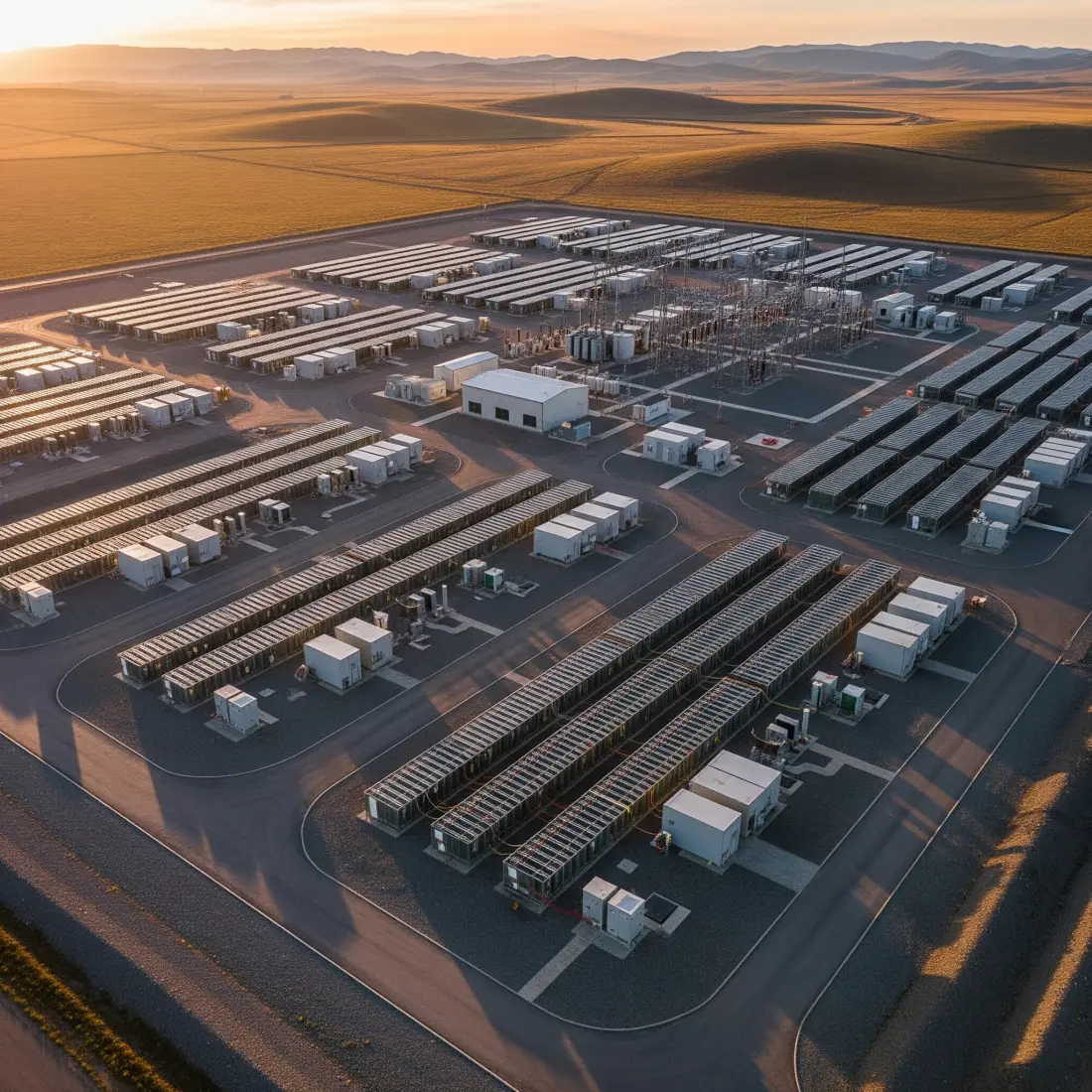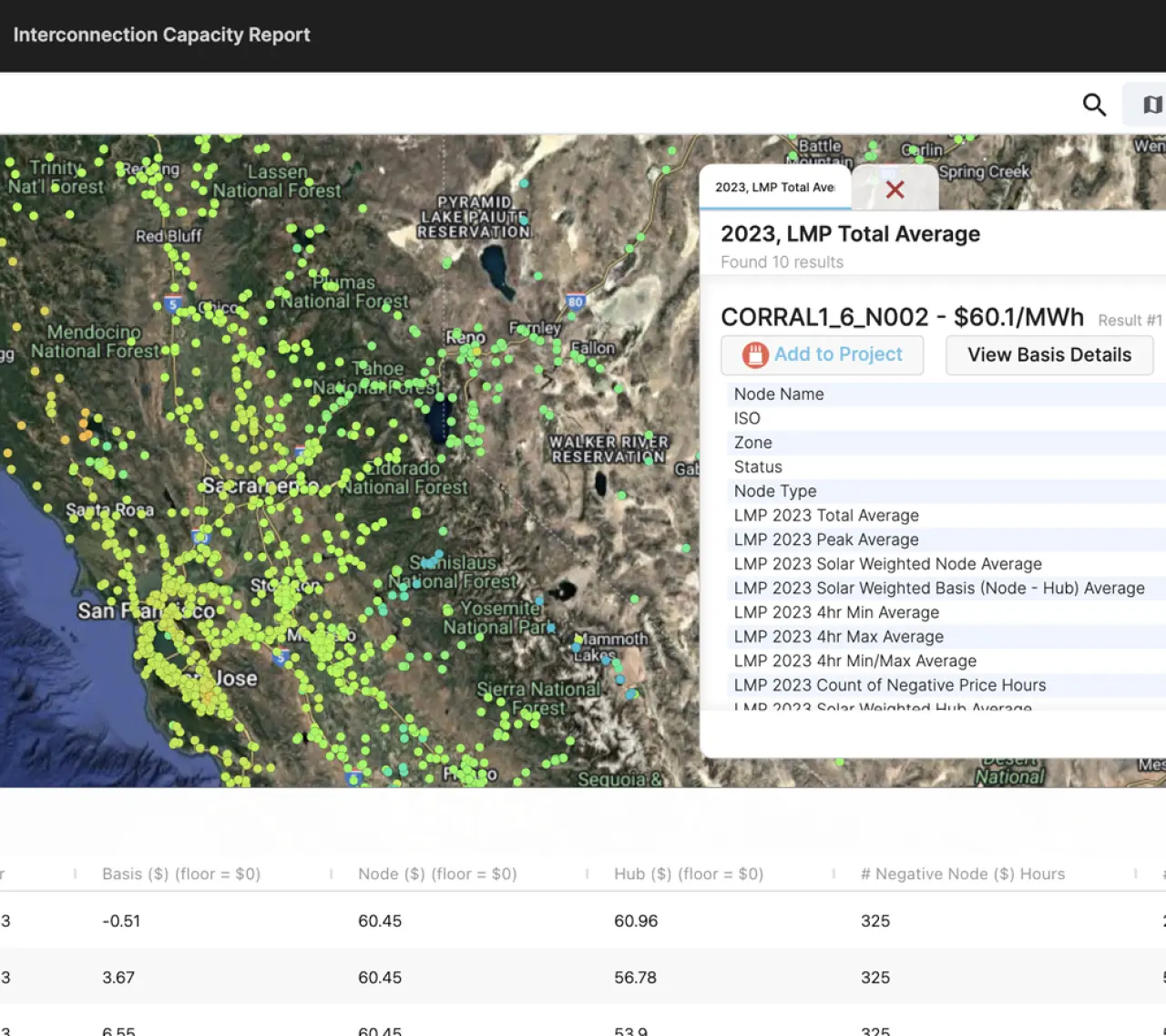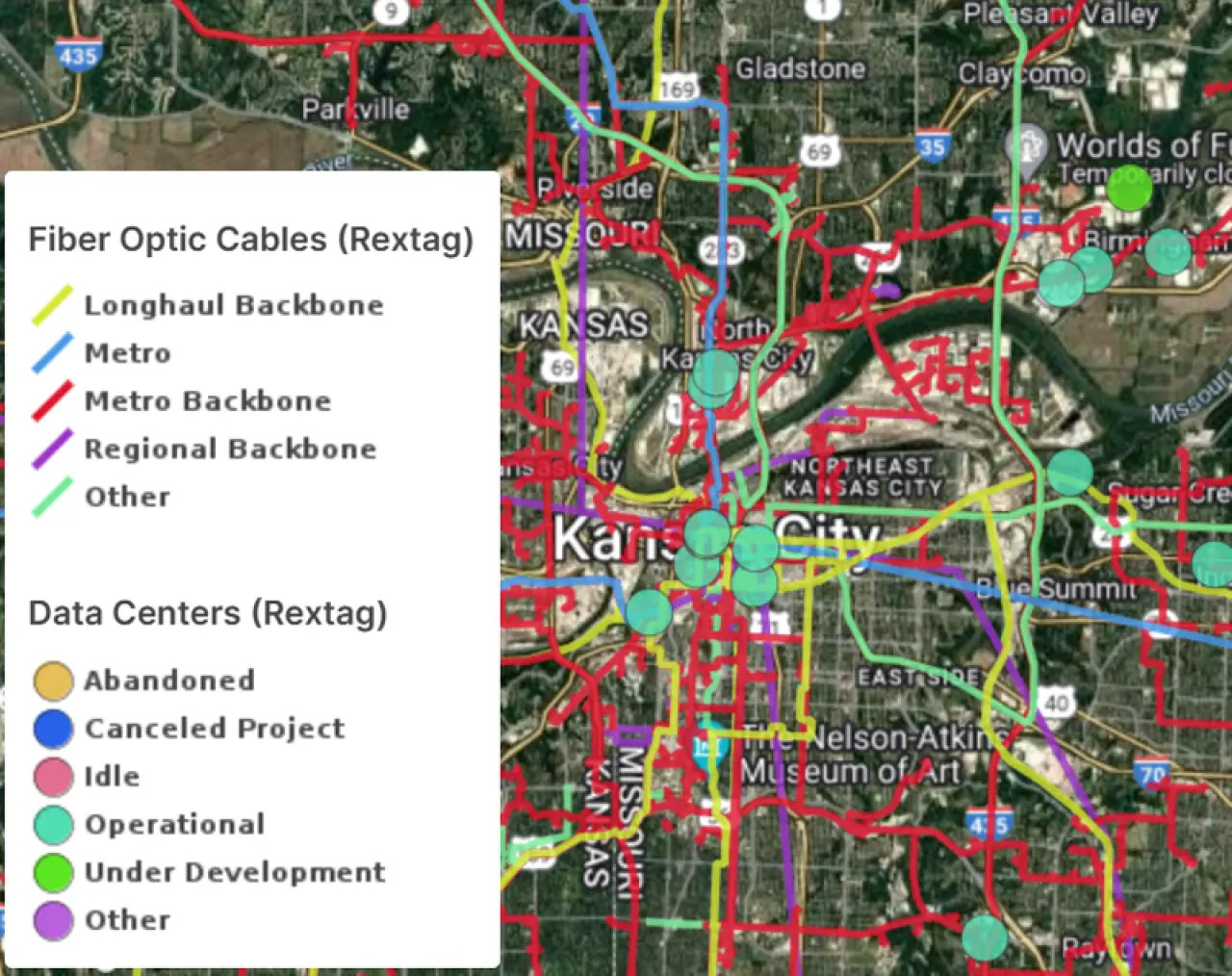The ultimate site selection checklist for battery energy storage projects


Demand for battery energy storage systems (BESS) is surging, driven by renewable energy integration and the expanding digital economy. The global energy storage market nearly tripled in 2023, with utility-scale BESS projected to increase sixfold by 2029.
Nevertheless, this rapid expansion now faces intensified challenges due to multiple factors: few easy sites left, escalating grid interconnection delays, stringent regulatory and environmental considerations, and evolving power demands.
To effectively tackle these multifaceted obstacles and ensure the long-term success and profitability of such projects, advanced site selection and analysis tools have become indispensable.
Why site selection is paramount for critical infrastructure
Choosing the right site is the single most important decision when developing a BESS project. However, along with other challenges, site selection has become increasingly complex — some even call it a "scavenger hunt." The reason: the sheer number of requirements that must be met.
Key considerations for battery energy storage projects include grid stability, renewable integration, and energy market conditions. As BESS must support grid reliability, absorb excess solar power, and react to market signals, their ideal locations are near high-demand areas, generation sites, or key transmission points.
The cost of poor choices
Thus, relying on traditional siting methods can easily lead to poor site selection, which in turn incurs significant financial and operational risks. High upfront capital can be wasted if a site lacks adequate power to charge the battery or inject the energy back onto the grid, has inadequate energy prices, or is in a disaster-prone area, leading to massive long-term costs.
Last but not least, grid capacity and limited interconnection analysis stand out as perhaps one of the major pain points in critical infrastructure project development. For instance, grid limits forcing output curtailment or preventing optimal charging lead to eroded profits for combined BESS and renewable energy projects. Hence, thorough site evaluation is vital for long-term success.
Key site selection factors: a BESS site selection checklist
The following is a list of all the major factors to consider when selecting a site for an energy storage project.
Grid interconnection & power infrastructure
Power (availability, cost, and clean access) is nowadays the most critical factor in the site selection process. The unprecedented power demand has strained regional grid capacity and shifted site selection to a power-first siting approach.
Optimal sites are located near points of interest (POIs), such as substations or major transmission lines, to minimize connection costs.
Key factors to consider for POIs include:
Grid capacity (how much power can be withdrawn to charge, and how much power can be injected without breaking the grid),
Required grid upgrade costs and how much the project will have to take on (allocated costs).
Locational marginal pricing (LMP) & market dynamics
A BESS project's profitability is all about location, but timing too: charging when power is cheap and selling it when prices are high. This is where locational marginal pricing (LMP) becomes a key signal, as it indicates where electricity is most and least valuable on the grid.
Thus, BESS projects can take advantage of large and predictable LMP price spreads by choosing sites:
At or near transmission congestion points, where local prices can spike, or at renewable energy hubs, where prices may drop during peak generation hours.
Another factor to consider is basis risk, which is the financial uncertainty tied to a project's location. This happens when the local (nodal) price differs from the market hub price, potentially leading to financial losses.:
To minimize basis risk, developers should choose sites with a historically stable and predictable basis risk.

Land & topography
BESS sites need to be developable and avoid major environmental hazards:
Flat or gently sloping for easier construction.
Avoid hazards or account for necessary setbacks: floodplains, wetlands, unstable soil, or environmentally sensitive areas.
Natural hazards
As with any other critical infrastructure project, energy storage installations must also avoid areas highly prone to natural disasters or properly implement safeguards to reduce natural disaster risks and investment loss.
Key requisites include natural hazard analysis, such as:
Predictive wildfire risk
Extreme weather resilience
Regulatory & permitting
These types of infrastructure projects require managing complex regulations.
Zoning and land use regulations.
Securing relevant environmental permits.
Seeking community acceptance is also recommended.
Tax Incentives can significantly lower capital and operational costs. Sales-tax and use-tax exemptions are particularly impactful given high hardware costs.
Specific state and local energy regulations, as well as position in interconnection queues, can substantially impact timelines.
BESS projects must adhere to national codes for fire safety and operations.
Accessibility & Logistics
Ease of access is important for both construction and ongoing operations.
Access for heavy construction equipment, maintenance crews, and personnel is necessary.
Reliable road access for delivering heavy equipment and solar farm batteries is essential during construction.
Connectivity
A good communication infrastructure is important for remote monitoring and grid integration control.

PVcase Prospect: the ideal solution
Finding the perfect site for an energy storage system can be challenging. PVcase Prospect streamlines the entire site selection process, helping developers find and evaluate potential sites by bringing all essential data insights into a single unified solution while layering in flexible, scalable automation to conduct advanced analysis.
Furthermore, it not only removes the need for many different tools but also reduces data inconsistencies and speeds up important due diligence for diverse projects.
How PVcase Prospect streamlines the process:
🚀 Integrated grid data & power certainty
Provides critical grid and interconnection information for battery storage. PVcase runs the same power flow studies that grid operators do, assessing power delivery certainty, likely upgrade costs, and interconnection risks so developers avoid late-stage interconnection queue surprises.
Users can filter for geolocated substations by both injection and withdrawal capacity and see upgrade costs and allocation breakdown. This helps find power while balancing costs, minimizing curtailment risk, and shortening interconnection timelines.
🚀 Automated parcel search and analysis
Rapidly identifies and analyzes land parcels based on specific site selection criteria, such as acreage and proximity to POIs. It also integrates zoning data for quick land use checks, saving research time and ensuring smooth project development.
🚀 Historical energy prices
Provides historical LMP data to pinpoint ideal areas of the grid with optimal energy prices, ensuring the project's cost-effectiveness and profitability. By utilizing the minimum and maximum price spreads data, users can identify the cheapest locations to charge the battery at a low price and inject energy at a cost-effective price, as well as analyze the basis risk.
🚀 Advanced flood & natural hazard assessments
Offers advanced natural hazard analysis to help avoid risky sites and safeguard investments. This includes the leading, predictive, climate-adjusted flood, wildfire, and hurricane winds risk so developers can assess actual risk without waiting for expensive one-off studies.
🚀 Topographical analysis
Uses the best-available digital elevation models to process slope analysis (slope angle, aspect). This helps identify buildable areas, understand earthwork needs, and ensure optimal layouts, minimizing costs.
🚀 Fiber route access
PVcase Prospect offers geolocated fiber routes, including type, operator, owner, and status. This ensures low latency and high bandwidth.
🚀 Accessibility & logistics
Includes data on existing roads and railways to assess distance and ease of access for construction, maintenance, and equipment delivery. This aids logistical planning and evaluating overall site viability.
Mastering battery storage site selection
Selecting the right location for a BESS site is a complex challenge, with significant financial and operational stakes.
PVcase Prospect is the ideal all-in-one solution to tackle any challenge that might surface in the process. It empowers professionals to make highly informed, data-driven decisions, streamlines the whole process, reduces risks, and accelerates development.
Ultimately, PVcase Prospect helps secure the long-term success of these vital infrastructure projects, ensuring optimal performance and economic viability for our energy future.


Stop guessing; start optimizing site selection
Book a demo and learn how to advance and scale your site selection process for BESS, solar projects, and more with PVcase Prospect.

